A Collection of World Most Beautiful Masjids. 
The Masjid al-Haram in Makkah as it exists today 
The Masjid al-Nabawi in Medina as it exists today 
Al-Aqsa Masjid the holiest site in Judaism.
It is the third holiest Masjid in Islam.

Sheikh Zayed Mosque : Covers an area of 22000 m2, 33000 Tons of Steel,
120,000 m3 of Concrete, 7000 foundation piles.

For Complete Presentation on this Masjid which is said to be


Omar Ali Saifuddin Masjid in Brunei. Like several of Brunei's main buildings, the mosque is lit up at night. It was designed by an Italian architect and built in 1958 using Italian marble and granite from Shanghai. The golden dome is 52 meters tall and is visible from most of the city.

The current sultan built this mosque in Kiarong to celebrate his silver jubilee. It's officially called "Jame 'Asr Hassanil Bolkiah", the Hassanil Bolkiah mosque. It's even more spectacular than the Omar Ali Saifuddin mosque, and well worth a visit. 
It's also lit up at nighttime
Real Masjid Al Aqsa & Dome of Rock 
Miners and Visitors at the masjid made from ROCK SALT inside the salt mines of Khewra, Pakistan.
Khewra, best known for its salt range and mines, is located nearly 170 kilometers from Islamabad. THe Khewra Salt mines are said to be the second largest salt mines in the world. The salt which is sometimes made into decorative pieces like lamps is mostly used for human consumption

The Quba Masjid (Quba' Masjid or Masjid al-Quba, just outside Medina, Saudi Arabia, is the first Islamic Masjid ever built.
Its first stones were positioned by the prophet Muhammad on his emigration from the city of Makkah to Medina
and the Masjid was completed by his companions. Muhammad spent more than 20 nights in this Masjid (after migrating)
praying qasr (a short prayer) while waiting for Imam Ali whose house was behind this Masjid.

King Faisal Masjid in Islamabad, Pakistan,by Turkish architect Vedat Dalokay,
was financed by approximately 1976 SAR130 million (2006 US$120 million) from the Kingdom of Saudi Arabia The Shah Faisal Masjid in Islamabad, Pakistan, is the largest Masjid in South Asia. It is a well-known masjid in the Islamic world and is renowned for both its immense size and its architecture.

The Malmo Mosque is one of Sweden's main mosques located in the outskirts of Malmo in southern Sweden. It was inaugurated in 1984 as the first mosque in Scandinavia .In connection to the mosque is the Islamic center which contains an islamic school and library. It serves as a place of worship for some 55,000 muslims living in the area. There have been three arson attacks on the mosque. On 2005-09-18 and on 2005-10-21 the fires were put out quickly and only minor damage was done, but on 2003-04-28 attack the mosque was more severely damaged and other buildings at the Islamic center were totally destroyed. Malmo is one of the main centers for Swedish Muslims 
The Stockholm Mosque, inaugurated in 2000 and located near Medborgarplatsen is Stockholm's largest Islamic place of worship. Originally built as an electric power station (Katarinastationen) and located adjacent to the small park known, the building was designed by the Art Nouveau architect Ferdinand Boberg and completed in 1903

The Ibrahim-al-Ibrahim Mosque, also known as the King Fahd bin Abdulaziz al-Saud Mosque or the Mosque of the Custodian of the Two Holy Mosques is a mosque at Europa Point, at the southern tip of Gibraltar. The building was a gift from King Fahd of Saudi Arabia and took two years to build at a cost of around five million pounds. It was officially inaugurated on 8 August 1997. Around seven per cent of Gibraltar's population are Muslims; a total of approximately 2,000 people. The mosque complex also contains a school, library, and lecture hall.

The Great Masjid of Djenné, MALIis host to an annual festival. The Great Mosque of Djenné is the largest mud brick or adobe building in the world and is considered by many architects to be the greatest achievement of the Sudano-Sahelian architectural style, albeit with definite Islamic influences.

The mosque is located in the city of Djenné, Mali on the flood plain of the Bani River. The first mosque on the site was built in the 13th century, but the current structure dates from 1907. As well as being the centre of the community of Djenné, it is one of the most famous landmarks in Africa. Along with the "Old Towns of Djenné" it was designated a World Heritage Site by UNESCO in 1988. 
(Largest self-supporting dome in the world), Karachi
Masjid e Tooba or Tooba Masjid is located in Karachi, Sindh, Pakistan. Locally, it is also known as the Gol Masjid. Masjid e Tooba was built in 1969 in Defense Housing Society, Karachi. It is located just off main Qurangi Road. Masjid e Tooba is probably the largest single dome Masjid in the world. It is also major tourist attraction in Karachi. Masjid e Tooba is built with pure white marble. The dome of the Masjid e Tooba is 72 meters (236 feet) in diameter, and is balanced on a low surrounding wall with no central pillars. Masjid e Tooba has a single minaret standing 70 meters high. The central prayer hall has a capacity of 5,000 people. It has been built keeping acoustics in mind. A person speaking inside one end of the dome can be heard at the other end. 
The Badshahi Masjid in Lahore, Pakistan with an iwan at center , three domes, and five visible minarets. The Badshahi Masjid, or the
'Emperor's Masjid', was built in 1673 by the Mughal Emperor Aurangzeb in Lahore, Pakistan. It is one of the city's best known landmarks,
and a major tourist attraction epitomising the beauty and grandeur of the Mughal era.
Capable of accommodating over 55,000 worshippers, it is the second largest Masjid in Pakistan, after the Faisal Masjid in Islamabad. The architecture and design of the Badshahi Masjid is closely related to the Jama Masjid in Delhi, India, which was built in 1648 by Aurangzeb's father and predecessor, emperor Shah Jahan. Badshahi Masjid is one of the famous locations where Qari Basit recited Quran. 
The Quol Sharif mosque (also spelled Qol Sherif, Kul Sharif) is the largest mosque in Russia and, reputedly, in Europe. Originally, the mosque was built in Kazan Kremlin in the 16th century. It was named by Qol Sharif who served there. It is believed that the building featured minarets, both in the form of cupolas and tents. Its design was traditional for Volga Bulgaria, although elements of early Renaissance and Ottoman architecture could have been used as well. In 1552, during the storm of Kazan it was destroyed by the Russians. 
The domes of the Khatem Al Anbiyaa Masjid in Beirut, Lebanon

The Mosque in Sendling, Munich, Germany, is situated on Schanzenbachstrasse. The Mosque has existed there since 1989 as an Islamic prayer house mainly for Turkish Muslims. The official Turkish name of the Mosque is Diyanet leri Türk Islam Merkezi, which reads as German Turkish-Islamic center for the Institute for Religion. This is shortened to DITIM, and is also designated to the Mosque association, to which 42 members and their families belong. 
Al Fateh Masjid (also known as Al Fateh Islamic Centre/Grand Masjid) is Bahrain's largest Masjid. The huge domed Al Fateh Masjid, located in Juffair will soon house the new National Library which is due to open in 2006. Besides being a place of Islamic worship, people of all communities are welcome at the Al Fateh Masjid, and it is one of the major tourist attractions. Guided tours for tourists are conducted many times during the day.

The Sixty Pillar Masjid (the Shatgumbad) is a Masjid located in Bagerhat, south Bangladesh.
This is one of the oldest Masjids in the country. It attracts a large number of tourists and visitors every year.
It has more than sixty pillars with its eighty one gambuj or domes.
Seventy seven domes are over the roof and four smaller ones over the four corner towers.
It was established by Khan Jahan Ali, a Muslim saint and the local ruler of Bagerhat
, during the 15th century CE. The Masjid is decorated mostly with terracotta and bricks.
| 








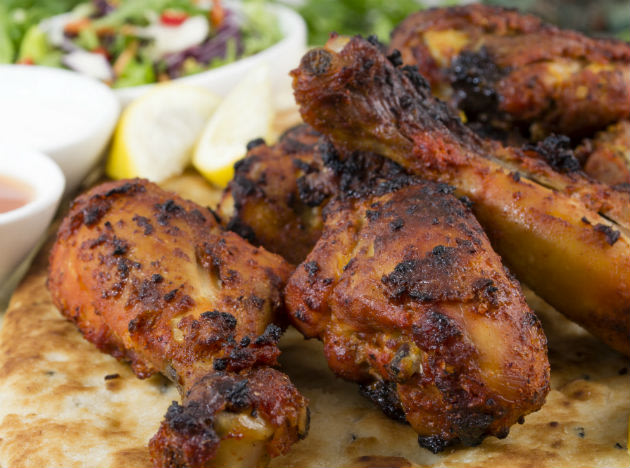
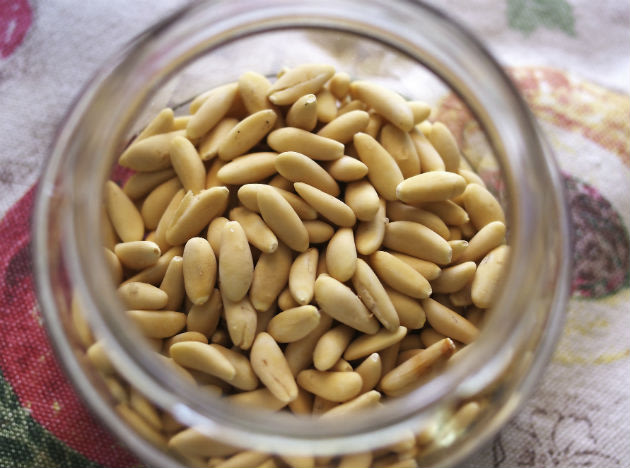

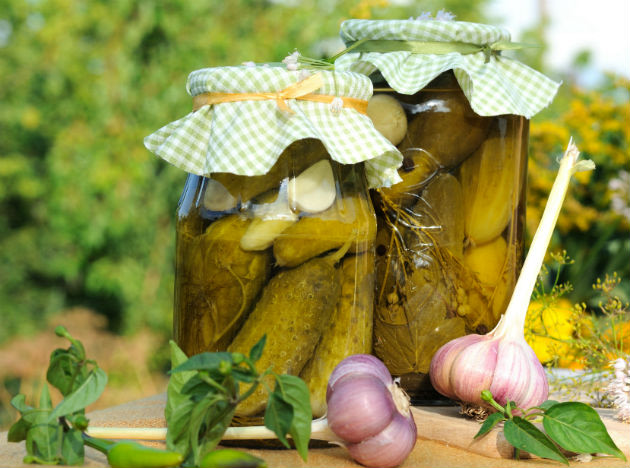

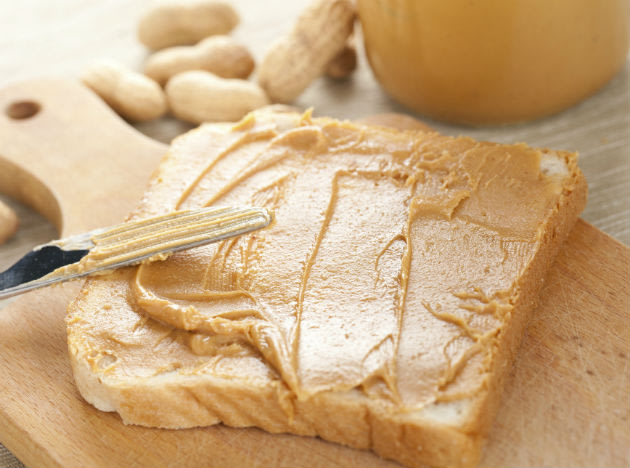



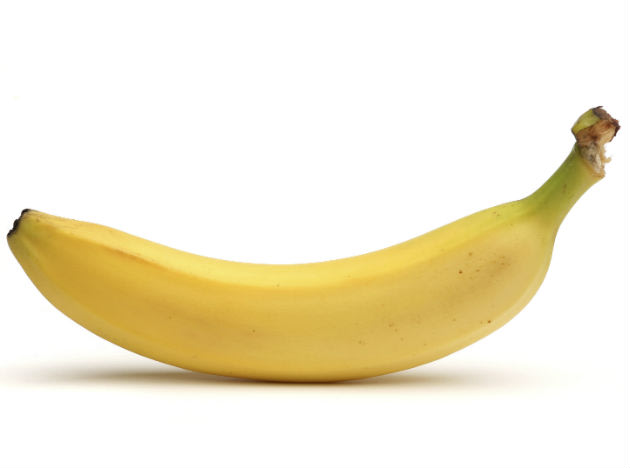













































































































.jpg)